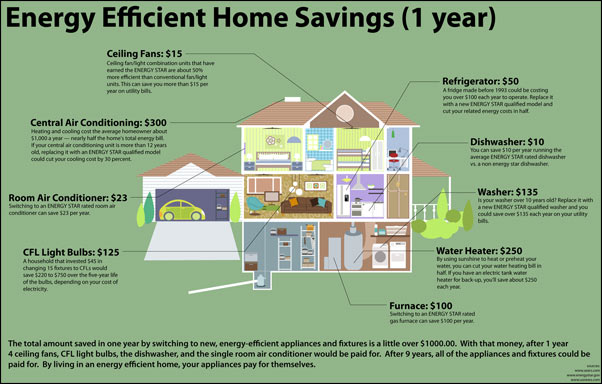
Workers are at risk for a variety of heat-related illnesses. It’s important to know the warning signs and what to do if you or one of your workers begins to show symptoms of a heat-related illness.
Heat stroke occurs when the body can’t regulate its core temperature. Symptoms include confusion, fainting, seizures, excessive sweating (or red, hot, dry skin), and a very high body temperature. If a worker has these symptoms, it’s best to call 911 and move the worker into a cooler environment and provide fluids in the meantime.
Heat exhaustion occurs when the body loses water and salt due to heavy sweating. Symptoms include heavy sweating, headache, nausea or vomiting, dizziness, light headedness, weakness, thirst, irritability, fast heart beat, as well as cool, moist skin. Workers should be relocated to a shady, cool area, and drink fluids. Medical attention should be sought if symptoms don’t improve within an hour.
Heat cramps happen with the loss of body salts and fluids during sweating. Symptoms are muscle spasms, and pain located in the abdomen, arms or legs. Workers should rest in a shady, cool area and drink water or other cool beverages. If cramps don’t disappear, medical attention is suggested.
Heat rash is characterized by clusters of red bumps on the skin. They usually appear on the neck, upper chest and folds of the skin. Workers should move to a cooler, less humid area and they should keep the affected area dry.
Educate your workers about these heat-related risks of working outdoors in the summer so they can prevent such illnesses.








 RSS Feed
RSS Feed
